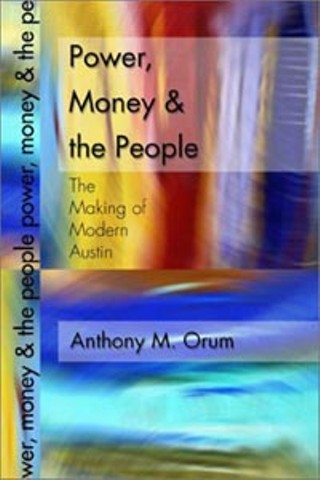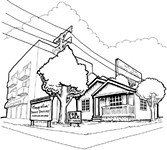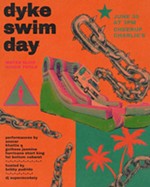Anthony Orum on Austin
"In Austin, a city of changes, a book like Anthony Orum's Power, Money & the People: The Making of Modern Austin, is always relevant," writes Michael Erard. "It's the only urban history of Austin, tracing the early decisions that fixed the city's economy, politics, and sense of itself. Unfortunately, the book's availability has been spotty -- until late 2002, when an Oregon press, Wipf and Stock, reissued it."
By Michael Erard, Fri., May 23, 2003

In Austin, a city of changes, a book like Anthony Orum's Power, Money & the People: The Making of Modern Austin is always relevant. It's the only urban history of Austin, tracing the early decisions that fixed the city's economy, politics, and sense of itself. Unfortunately, the book's availability has been spotty -- until late 2002, when an Oregon press, Wipf and Stock, reissued it. Written when Orum taught at the University of Texas and first published in 1987, it was used by Robert Caro in his Pulitzer Prize-winning biography of Lyndon Johnson, The Master of the Senate.
If sociologists sang love songs, Power, Money & the People is Orum's serenade to Austin, where he lived, happily, for 15 years, before moving to Chicago, where he teaches at the University of Illinois. For chapters on Austin's powerful neighborhood associations, its storied black community, and conflicts over land use, he interviewed hundreds of people. "I still love those stories people told me," he says, particularly the stories about the dams. "Without the dams," he says, "Austin wouldn't be the place it is now." Thanks to LBJ and others who brought federal money, dams provided electricity, work projects, and recreational facilities. Talented engineers who came to work on the dam stayed; the new lakes enabled a relaxed coastal culture. And dams made it worthwhile for urban entrepreneurs to shape their vision of the city, and for market entrepreneurs to get rich.
Another factor was the business and political leaders from the 1930s onward who refused heavy industry to keep Austin from looking like Northern cities with their tenements and unsightly factories. "They did all these little things incrementally, but it was as though they had laid the economic foundation for the takeoff that would occur in the mid- to late 1980s," Orum says.
He thinks swank newcomers and old residents alike should read his book, because he knows Austin history better than Richard Florida does. In Florida's 2002 bestseller, The Rise of the Creative Class, Austin springs forth fully creative and cool from the collective brains of high tech entrepreneurs. That's wrong, Orum says. As Power, Money & the People tells you, the city we live in comes from millions of dollars of federal pork dam-building projects -- not so funky or creative after all.
"Richard's a regional economist," Orum says, "and somehow thinks that you can go in and identify these features of highly creative places [like Austin], and once you've got them clustered together, says, this is the package you can use." He says he admires Florida's book even though it doesn't tell the whole story. "I've studied at least two cities in great depth: Austin, an explosive city, and Milwaukee, basically an older industrial city. And I know, I know, that you cannot take the package that Richard has to the Milwaukee Chamber of Commerce and say, here, do this. As a historian, I see how these things are developed over a very long period of time." Unless you're writing about Paris, London, New York, or some other global city, publishers aren't very interested, so the fact that Orum's case study exists at all is unique. If he'd stayed in town, he says, he could have raised the book's profile.
After writing about Austin, Orum went on to study Chicago and London. "I was not a student of cities when I began to study Austin, but I am now," he wrote in the book's prologue. Through his work on global cities, he has realized one thing: Austin may be special, but it's not that interesting. Austin lacks the history and the social and ethnic diversity of Chicago or London, he says, that make it a less rich place to experience.
Still, Orum thinks Austin's uniqueness lies in how old and new conflicts work themselves out. What he calls "disjunctive elements" make the city special. "All you have to do," he says about the place he comes to visit two or three times a year, "is look out the window and see the hills."








